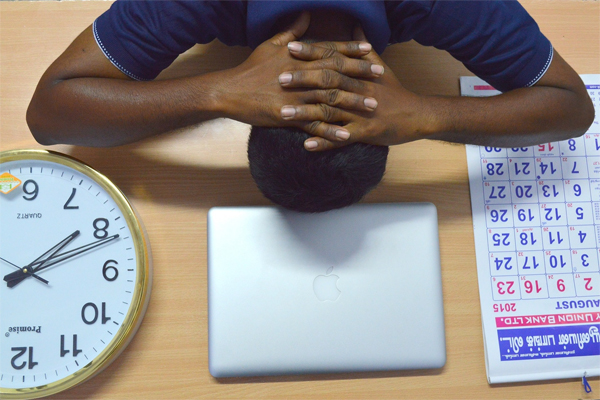Workplace burnout is a problem that just won’t go away with more employees feeling burnt out than this time last year, confirmed new research from talent firm Robert Half.
According to the survey of more than 2,400 professionals in the US, almost four out of 10 (38%) employees reported being more burned out now than a year ago. Additionally, one in five said they aren’t getting the support they need to alleviate stress. Workers said the top factors contributing to burnout today are:
- Heavy workloads (56%)
- Lack of communication and support from management (32%)
- Insufficient tools and resources to perform effectively (27%)
ADDRESSING BURNOUT
Research from Robert Half reveals top steps managers have taken to address burnout. Those with the highest burnout levels include:
- Millennials (27- to-42-year-olds)
- Working parents
- Employees who have been with their company for 2-4 years
“Despite employers’ efforts to better support employee well-being, burnout is an issue that needs ongoing attention,” stated Paul McDonald, Senior Executive Director of Robert Half. “Compounding the matter, businesses are moving forward with an influx of new projects, putting more pressure on current staff who may already be stretched thin.”

COMBATTING BURNOUT CULTURE
The research shows more must be done to promote a healthy workplace culture. Nearly four in 10 professionals (37%) feel uneasy about expressing feelings of burnout with their boss. Further, one in five workers said their manager hasn’t taken steps to help them alleviate work-related stress. Those who are receiving support have been:
- Encouraged to take time off (26%)
- Provided greater schedule flexibility (24%)
- Given guidance on prioritizing projects (22%)
MANAGEABLE WORKLOADS
Work breaks are essential for restoring energy and focus and preventing burnout. While 28% of professionals plan to use more vacation days this summer compared to last summer, an equal percentage (28%) feel they can’t take time off, either because they have too much work or worry it will impact their job security. Another 21% of employees will be checking in with work frequently when on vacation.
“Refreshed and recharged workers are happier, more productive and less likely to burn out. To discourage hustle culture and find better balance, managers must set clear and realistic expectations, and workers need to prioritise self-care and protect their personal time,” noted McDonald. “Contract professionals can step in to help ensure projects stay on track and workloads remain manageable.”
MENTAL HEALTH SUPPORT
Managers can play a crucial role in offering mental health support and ensuring employee wellbeing, according to Robert Half. Their advice includes:
- Encourage open dialogue about mental health in the workplace.
- Communicate two-three times more often. Talking regularly with your team is one of the most powerful tools for reducing stress (and potential burnout).
- Offer workload relief, by offering more flexibility and windowed working, which means allowing employees to break up their workday with breaks to take care of personal responsibilities.
- Offer complete time off to reduce stress and stave off burnout.







































